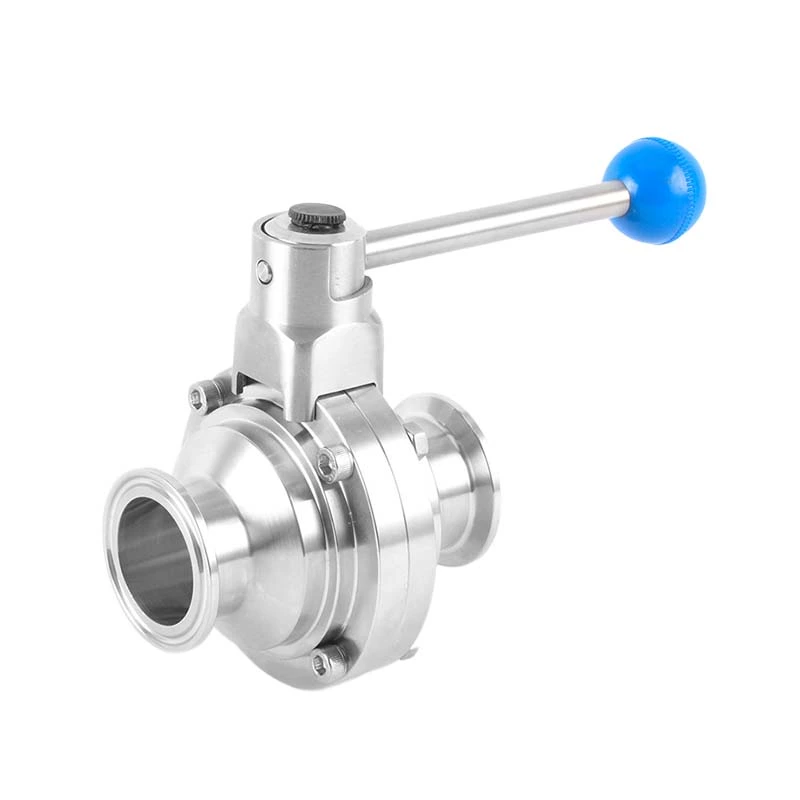Precautions For Packaging, Transportation And Storage Of Sanitary Valves
Sanitary Valve packaging, transportation and storage precautions
Packaging of sanitary valves
1. The flange sealing surface, welding end or threaded end and the inside of the sanitary valve should be protected with covers at both ends of the sanitary valve. The cover material should be made of wood, wood fiberboard, plastic, metal, etc., and fixed with bolts, steel clamps or locking devices, and should be easy to install and disassemble.
2. After the sanitary valve passes the test, the dirt on the surface should be removed, and the residual test medium in the valve body should be removed.
3. If sanitary ball valve accessories are provided, they should be packaged separately for long-term storage, and the necessary corresponding marks should be on the packaging for easy identification and replacement in the future.
4. Sanitary valves should have packing containing corrosion inhibitors or other high-quality packing that meets the design drawings and usage requirements, and the exposed threads (such as valve stems, pipes, etc.) should be protected.
5. When shipping, sanitary valves should be properly packaged to avoid damage during transportation. They should be fixed to the bottom of the packaging box to avoid shaking, collision, etc. in the box during transportation.
6. Each cargo container, crate, and packaging box must be painted with clear and readable transportation protection signs on the top or side in other ways, such as waterproof, sunscreen, and no inversion. The center of gravity of the hoisting must be marked and strictly followed during loading and unloading.
7. If necessary, additional protection should be provided for equipment and parts that are easily damaged by water or moisture. Parts with non-drainable gaps or gaps should be covered to prevent water or debris from entering during the entire transportation process.
8. Vulnerable parts must be packed in wooden boxes with foam and fragile labels should be affixed to the wooden boxes to prevent damage during transportation.
Sanitary valves
Transportation standards for sanitary valves:
1. When transported to a distant area, the outer packaging needs to be packed in wooden boxes
2. Only when it is not feasible to apply the required mark on the valve body, the mark can be applied on the nameplate. However, the mark indicating the flow direction of the sanitary valve must be marked on the valve body, which is the same for sanitary valves of any standard.
3. Regarding the marks engraved on the nameplate, generally the model, material, pressure, standard, applicable temperature, medium used, and production date are indispensable to facilitate procurement during maintenance and replacement.
Storage precautions for sanitary valves:
1. Sanitary valves should be kept clean and stored in a dry room.
2. Sanitary valves stored for a long time should be checked regularly to prevent moisture, rust and aging of rubber parts.
3. The flange on the user side connected to the valve must not have protruding weld scars in the connection hole, the hole must be chamfered, and it must be concentric with the flanges on both sides during installation.
4. When sanitary valves are stored for a long time without use, they should be kept in a slightly open state.
